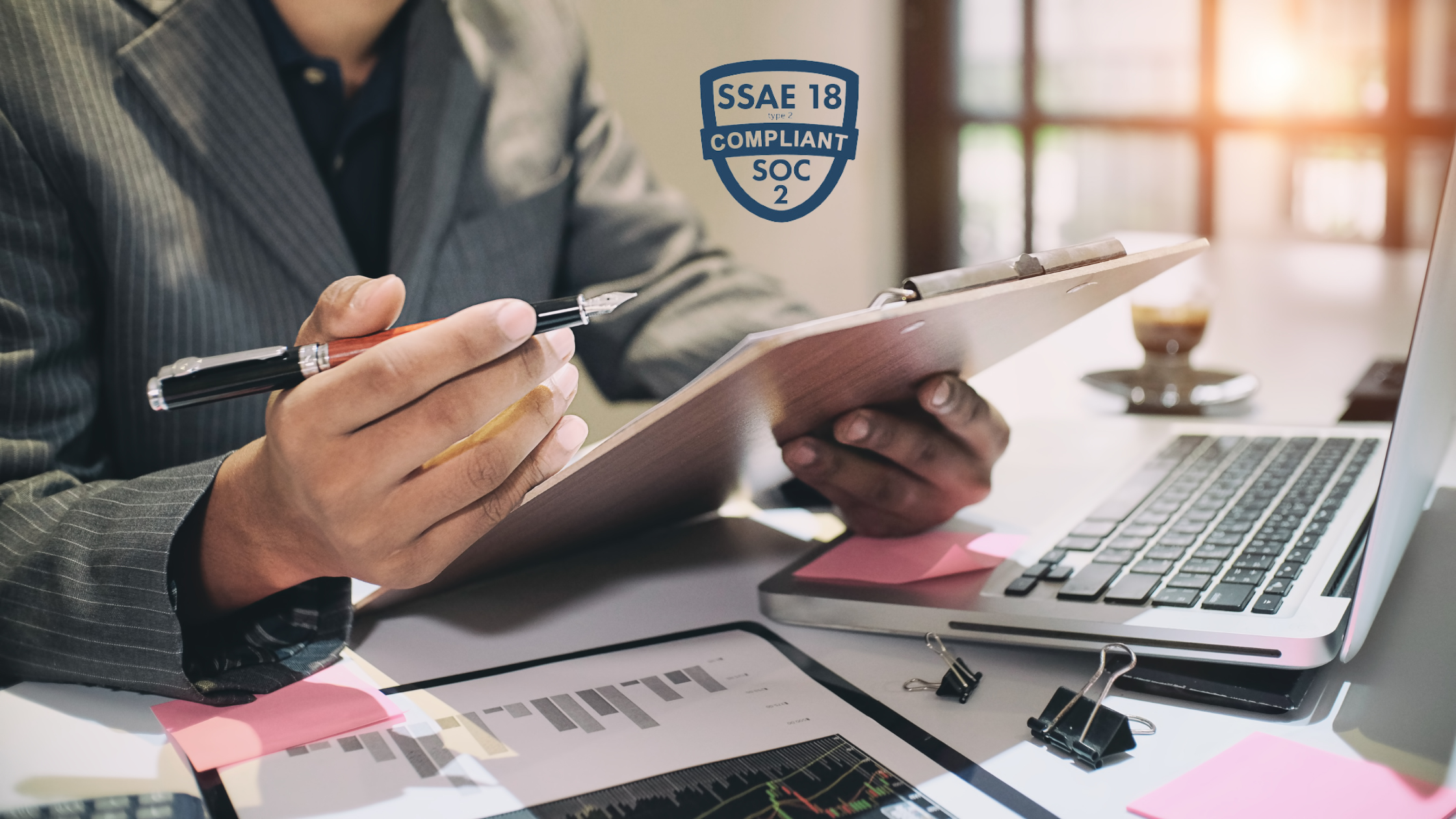How to Prepare for an SSAE 18 Audit
In today’s fast-paced business environment, ensuring the security and integrity of your organization’s data is crucial. One way to achieve this is by obtaining an SSAE 18 report, which shows your commitment to maintaining high standards of internal controls. Preparing for an SSAE 18 audit can be challenging, but with the right approach, you can manage it effectively. This guide will walk you through the steps needed to prepare for an SSAE 18 audit, making the process smoother and more successful.
Why is SSAE 18 Important?
SSAE 18 is crucial for several reasons:
Trust and Credibility:
An SSAE 18 report boosts your organization’s credibility by demonstrating your commitment to high standards of internal controls.
Client Assurance:
It gives clients confidence that their data is handled securely and in compliance with relevant regulations.
Competitive Advantage:
Having an SSAE 18 report can give your organization a competitive edge in the marketplace.
Steps to Prepare for an SSAE 18 Audit
1. Understand the SSAE 18 Requirements
The first step in preparing for an SSAE 18 audit is to understand the SSAE 18 requirements thoroughly. These requirements outline the standards for internal controls that your organization must meet. Key areas to focus on include:
Control Environment: This includes the overall attitude, awareness, and actions of management and staff regarding the importance of controls.
Risk Assessment: Identifying and assessing risks that could impact the achievement of your organization’s objectives.
Control Activities: The policies and procedures in place to ensure necessary actions are taken to address risks.
Information and Communication: Ensuring that relevant information is identified, captured, and communicated on time.
Monitoring: Regularly reviewing and monitoring controls to ensure they are operating effectively
2. Conduct a Gap Analysis
Conducting a gap analysis is a crucial step in preparing for an SSAE 18 audit. A gap analysis involves comparing your current internal controls with the SSAE 18 requirements to identify any gaps or areas that need improvement. Here’s how to conduct a gap analysis:
Identify Current Controls: Document all existing controls in your organization.
Compare with SSAE 18 Requirements: Compare your current controls with the SSAE 18 requirements to identify any gaps.
Develop an Action Plan: Create a plan to address the identified gaps. This may involve implementing new controls, improving existing controls, or enhancing documentation.
3. Implement and Enhance Controls
Based on the findings of your gap analysis, the next step is to implement and enhance your internal controls. This may involve:
Developing New Policies and Procedures: Create new policies and procedures to address any identified gaps.
Training Staff: Ensure that all relevant staff are trained on the new or enhanced controls.
Documenting Controls: Maintain thorough documentation of all controls, including policies, procedures, and evidence of their implementation.
4. Perform a Risk Assessment
Performing a risk assessment is a critical component of preparing for an SSAE 18 audit. A risk assessment involves identifying and assessing risks that could impact the achievement of your organization’s objectives. Here’s how to perform a risk assessment:
Identify Risks: Identify potential risks that could impact your organization’s objectives.
Assess Risks: Assess the likelihood and impact of each identified risk.
Develop Mitigation Strategies: Develop strategies to mitigate the identified risks. This may involve implementing new controls or enhancing existing controls.
5. Monitor and Review Controls
Monitoring and reviewing your controls is an ongoing process that ensures they are operating effectively. This involves:
Regular Reviews: Conduct regular reviews of your controls to ensure they are operating as intended.
Internal Audits: Perform internal audits to assess the effectiveness of your controls.
Continuous Improvement: Continuously improve your controls based on the findings of your reviews and internal audits.
6. Engage an External Auditor
Engaging an external auditor is a crucial step in the SSAE 18 audit process. The external auditor will perform an independent assessment of your organization’s controls and provide an SSAE 18 report. Here’s how to engage an external auditor:
Select an Auditor: Choose an auditor with experience in performing SSAE 18 audits.
Prepare for the Audit: Work with the auditor to prepare for the audit. This may involve providing documentation of your controls and evidence of their implementation.
Perform the Audit: The auditor will perform the audit, which involves testing your controls to ensure they are operating effectively.
7. Review and Address Audit Findings
After the audit, the auditor will provide a report that outlines their findings. Reviewing and addressing these findings is a critical step in the SSAE 18 audit process. Here’s how to review and address audit findings:
Review the Report: Carefully review the auditor’s report to understand the findings.
Develop an Action Plan: Create a plan to address any identified issues. This may involve implementing new controls or enhancing existing controls.
Implement the Action Plan: Implement the action plan and monitor the effectiveness of the changes.
Tips for a Successful SSAE 18 Audit
Start Early: Preparing for an SSAE 18 audit can be a lengthy process. Start early to ensure you have enough time to address any identified gaps.
Engage Stakeholders: Involve all relevant stakeholders in the preparation process. This includes management, IT staff, and other key personnel.
Maintain Thorough Documentation: Maintain thorough documentation of all controls, including policies, procedures, and evidence of their implementation.
Continuous Improvement: Continuously monitor and improve your controls to ensure they remain effective.
Conclusion
Preparing for an SSAE 18 audit can be a complex and challenging process, but with the right approach, you can manage it effectively. By understanding the SSAE 18 requirements, conducting a gap analysis, implementing and enhancing controls, performing a risk assessment, monitoring and reviewing controls, engaging an external auditor, and addressing audit findings, your organization can successfully prepare for an SSAE 18 audit.
Obtaining an SSAE 18 report demonstrates your organization’s commitment to maintaining high standards of internal controls, enhances your credibility, and provides assurance to your clients. By following the steps outlined in this guide and continuously improving your controls, you can ensure a smooth and successful SSAE 18 audit process.
If your organization is seeking expert assistance in preparing for an SSAE 18 audit, consider engaging SSAE 18 Services. With their expertise and experience, they can guide you through the process, helping you achieve compliance and demonstrate your commitment to maintaining high standards of internal controls.





